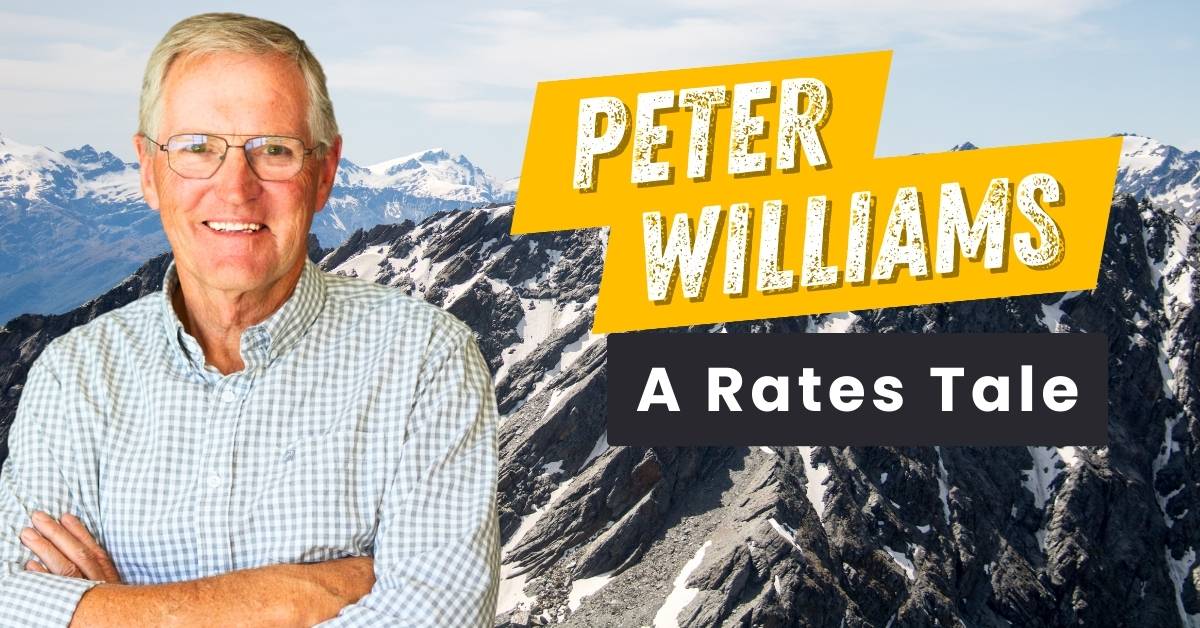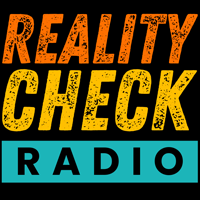
Why is a Council flush with funds putting up rates so much?
If a business turned over nearly 87 million dollars in annual revenue, returned a 21 million dollar end of year surplus, owned assets worth more than a billion, had just 25 million dollars of debt and 17 million in cash at the June 30 balance date, you’d think the operation was in fine fettle.
Looking to the future you’d hope that revenue and profit would continue to increase and that if major investment was needed for future growth, there was plenty of headroom to increase debt.
Except that this is not any normal business we’re talking about.
It’s a local authority, specifically the Central Otago District Council (CODC). But despite its reported robust financial position — the above numbers are from the Council’s Summary Annual Report for 2023 — the CODC intends to increase rates across the 14,933 rateable properties in the district by an average of 21 percent.
Even worse is the staggering range of increases across the district. For a lifestyle block near Alexandra with a septic tank and a private or community water supply, the rates rise is a manageable 8 percent.
Down the river at Roxburgh, a house with a rateable value of a modest $425,000 will see the rates accelerate an obscene 33 percent, more than $860. Is this the price Roxburgh will pay for their new wastewater project?
The most obvious question is how can the average rate rise be four times the nation’s rate of inflation?
As the Annual Report says the primary objective of the Council is to provide goods or services for the community or social benefit rather than making a financial return.
Yet here is a Council with cash in the bank and a severely lopsided balance sheet going out to ratepayers with a Shylock-like enthusiasm to take even more money from them.
Except that unlike Shakespeare’s usurer in The Merchant of Venice, the long-suffering denizens of Central Otago aren’t lending the Council money and they won’t be getting it back. They have to trust the Council to spend it wisely.
To find out how and why the CODC wants to increase rates by this exorbitant amount, there is some hint in the Annual Plan document. In round figures the rates increase will yield the Council $10 million. Across Central Otago’s 15,000 rateable properties that’s $666 each.
Of the $10 million increase, $6 million is required for Three Waters services and more than a million each for roading and waste management services.
All up water services across the district will cost $18.6 million in the 2024/25 year. The Council reports on the “ever changing Three Waters landscape” after the repeal of the previous government’s plans.
While that’s true, the current Government has signalled its future intentions. In principle, councils such as CODC will be able to combine with neighbours to form a water entity which theoretically will be less of a financial imposition than going it alone.
That legislation is still some time away and it’s accepted that in the meantime local authorities have to bear the cost of maintaining and improving water services.
Central Otago has some water services challenges but they’re being met. The current projects in Clyde and Cromwell are just two of many.
The Annual Plan notes that CODC will take on another 30 million in debt in the coming year. That will still leave the Council well below the Local Government Financial Agency (LGFA) lending covenants of 175 percent of revenue and 10 percent of assets.
The LGFA also says interest as a percentage of revenue should not exceed twenty percent.
But even after lifting debt to over 50 million this year, interest payments are budgeted to be an easily manageable two percent of the Council’s income.
Funding new infrastructure, whether it be water or roading, should be through debt. That ensures current ratepayers are not burdened with the full cost as it’s spread through the life of the asset and the future generations who’ll use it.
Despite these straightened economic times, the balance sheet of the CODC could hardly be in better shape.
But here’s the kicker. The Annual Plan also budgets for a surplus on June 30 next year of $10.4 million, fractionally more than the planned rates increase.
Does that really add up for an entity that’s not supposed to make a surplus?
For more from Peter, listen to Pete's Ponderings on RCR.

